Search
To search for an exact match, type the word or phrase you want in quotation marks.
A*DESK has been offering since 2002 contents about criticism and contemporary art. A*DESK has become consolidated thanks to all those who have believed in the project, all those who have followed us, debating, participating and collaborating. Many people have collaborated with A*DESK, and continue to do so. Their efforts, knowledge and belief in the project are what make it grow internationally. At A*DESK we have also generated work for over one hundred professionals in culture, from small collaborations with reviews and classes, to more prolonged and intense collaborations.
At A*DESK we believe in the need for free and universal access to culture and knowledge. We want to carry on being independent, remaining open to more ideas and opinions. If you believe in A*DESK, we need your backing to be able to continue. You can now participate in the project by supporting it. You can choose how much you want to contribute to the project.
You can decide how much you want to bring to the project.
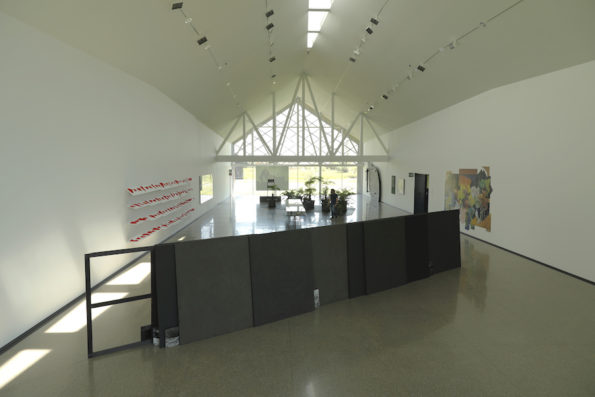
Greenwashing, the use of bunkers and buildings of what is known as industrial archaeology, or the “glocal” are part of the formal, aesthetic and functional parameters of the delocalised art centres or those located in the peripheries. It is not that Madrid and Barcelona are New York, London or even Berlin, but they are the urbes of the peninsula and since the end of the 19th century they have captured the attention of the art world, which has been eminently urban ever since.
But for some time now —leaving aside the Anglo-Saxon world, headed by Hauser & Wirth with its decentralisations to the English countryside and the island of Menorca, and which have little to do with the Spanish scene— a series of centres are establishing themselves not only in the periphery, but in the periphery of the periphery, seeking more or less fortunately connections with the rural. In any case, we celebrate the attempt to decentralise, to explore new paradigms of sustainability, to decelerate, to re-ruralise, further reinforced by the present global crisis: both health and ecological. That is why last week we attended the inauguration of the new exhibition of the Fundación Cerezales Antonino y Cinia (FCAYC) entitled A punto de ser nada, which will be on display until the 21st of November.
The case of Cerezales del Condado is not a recent one, the FCAYC foundation was installed in 2009 in the schools of this village located 30 kilometres from León. It was thanks to the generosity of a local, Antonino Fernández, a businessman who made his fortune in Mexico with Coronita beer, and who with his project managed to stop the exodus of the scarce 20 inhabitants of this area marked by depopulation.
In 2017, the extension of the facilities was inaugurated. Designed by the AZPML studio, it is a discreet scale multi-storey building that evokes the idea of the elementary hut. This construction not only harmonises with the landscape, but is also 100% sustainable economically and energetically. Passive strategies to reduce and balance energy consumption, such as playing with orientation, are combined with active strategies and the use of three renewable energy sources: geothermal energy, biomass and phase change materials.
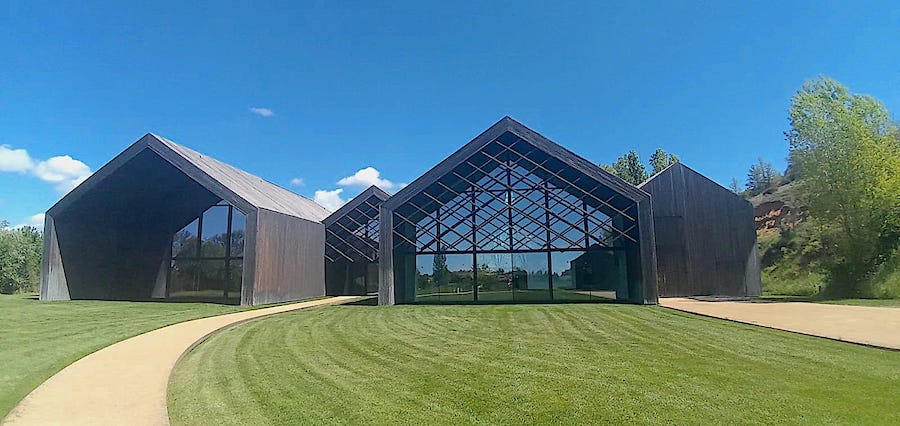
Rear view of FCAYC extension by AZPML studio. Photo María Muñoz
The foundation’s interspecies team is made up of friendly humans —far from the snobbery of the capitals— who coordinate and manage the cultural centre; oxen; calves and the precious donkey Quintín, who are in charge —literally— of welcoming visitors.
With regard to the centre’s activities, it has three thematic axes: ethno-education, music and contemporary art. As a centre for research, production and dissemination, it promotes projects with an impact on the territory, which is why it involves various local and regional agents. And it is on these axes that A punto de ser nada is articulated. The exhibition features the artists Irene Grau, Juan López and Jorge Yeregui. They, through their different backgrounds, practices and strategies of approaching the context, have carried out an intense and extensive fieldwork during the last three years: Valporquero, Picos de Europa, the open-cast mine “Nueva Julia” in Carrasconte, the Gran Corta de Fabero or Casa de Humo in Lois are part of these drifts. All this and the enthusiastic and conscientious curatorship of Alfredo Puente, manage to link abandoned mines, barren landscapes, dark caves and mountains, with documentaries, collections of fossils, vegetation and vernacular minerals.
If, as the Marxist thinker Marshall Berman points out in one of the texts that heads the exhibition guide, “being modern implies joy, growth, transformation of ourselves and of the world, but it also threatens to destroy everything we have, know, or are”; A punto de ser nada preserves landscapes on the verge of disappearance caused by that modernity. Through a multidirectional and multitemporal section cut in the purest style of geological diagrams, the exhibition presents the remains of matter, substances, energy and forms that the artists have managed to accumulate during their research.
Comprising three rooms, on the ground floor the exhibition runs through karst, mines, mountains, large infrastructures and agricultural images that broaden our imaginations and provide us with narratives that resonate in a different frequency over the wasteland of its mining past. Nikolaus Geyrhalter’s film, an installation of blasting fragments with fossil records of Dicksonia, ferns and trunks dialogue with Irene Grau‘s installation of 14 monochrome paintings. A conceptual plenairist, as she defines herself, in this work she reveals the effects of extractivism, the lack of light, the dark and the geological black, through an exhaustive pictorial process in strata that results in jet-black canvases mounted on pine frames, also stained black.
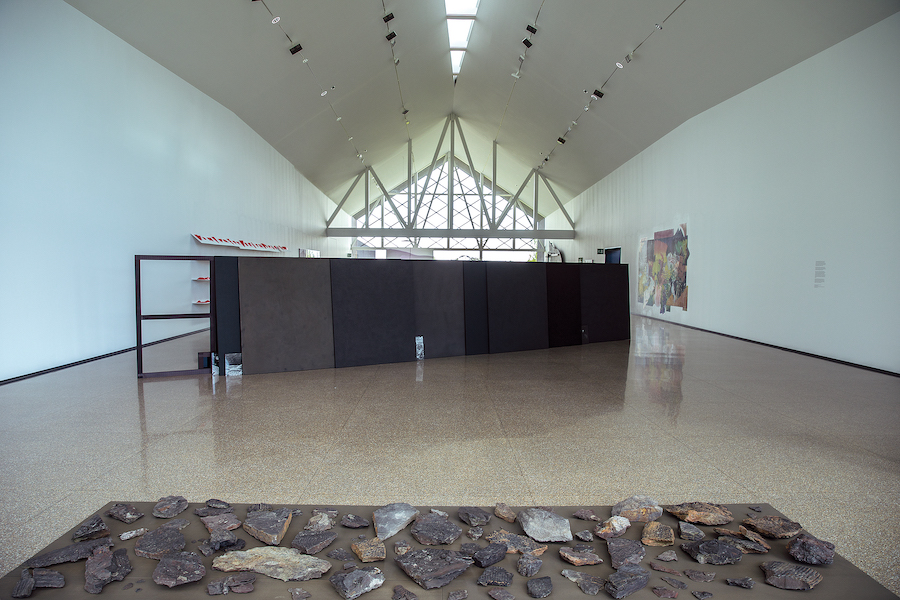
Under this line: fragments with fossil record from Nueva Julia mine at Carrasconte. In the back: Irene Grau, “Sobre A punto de ser nada”, installation
Jorge Yeregui’s Montañas Perfectas/Perfect Mountains have tables in front of them containing the Treasure of the Dolphin and samples of minerals and fossils from the Collection of the Royal Artillery Academy of Segovia. They also share a wall with a video advertising about hydroseeding. In general, Yeregui’s work deals with the relationship between architecture, the environment and the effects of the territory transformation by mega infrastructures. As he stated during the presentation, the poetic vision of “to hollow out the mountain, reach in and pull chunks out of it”, as in the case of the hollowed-out mountain of Valporquero, largely inspires his Montañas perfectas I, II y III.

Back: Jorge Yeregui, “Montañas perfectas II y III”, 2021. Front: table with selection of 28 samples of minerals amd fossils, facsímil and map
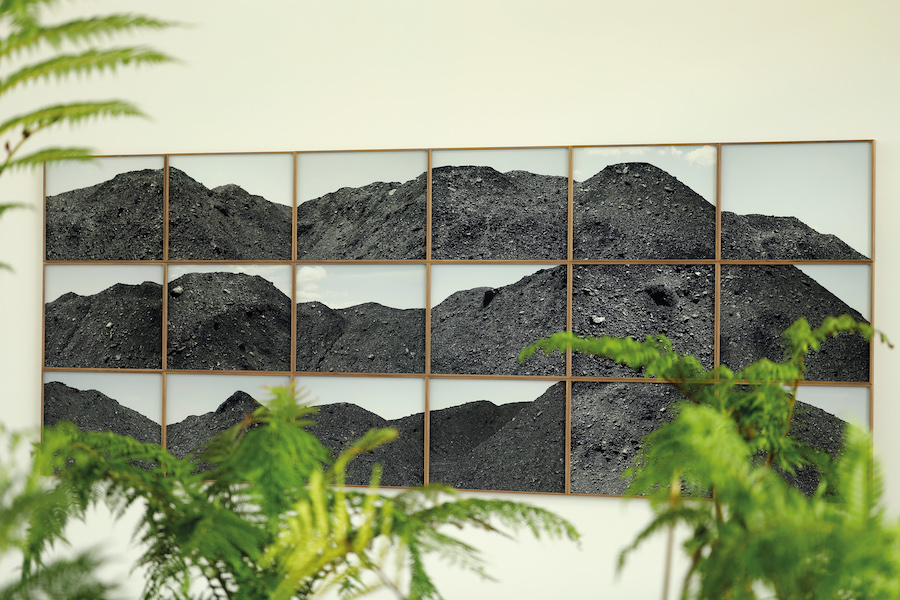
Jorge Yeregui, “Montañas perfectas III”, 2021 and Antarctic Dicksonias
Antarctic Dicksonias installation occupies a large part of the room, and they have a lot to do with Juan López. The Antarctic Dicksonias are the only living link close to the fossils in the area, they are also found at the foot of the boilers of the stopped mines. What happens when all activity is interrupted and the future is cancelled, leaving deep scars on the souls of the people and the landscape? In Devolver su ruido, with a slate plate, a robot with a needle and loudspeakers, López returns —as the name of the piece indicates— the noise to the slate quarries, or to the Gran Corta de Fabero, one of the largest open-cast coal mines in Europe. And with the noise, the nostalgia of an economy of abundance. On the way from the north via the A6 to Cerezales, the sight of a billboard with a large milking machine makes him think about the technological layer that permeates the rural world. He refersin his collages to the extractivism, not only related to natural resources, but also to non-human living beings.
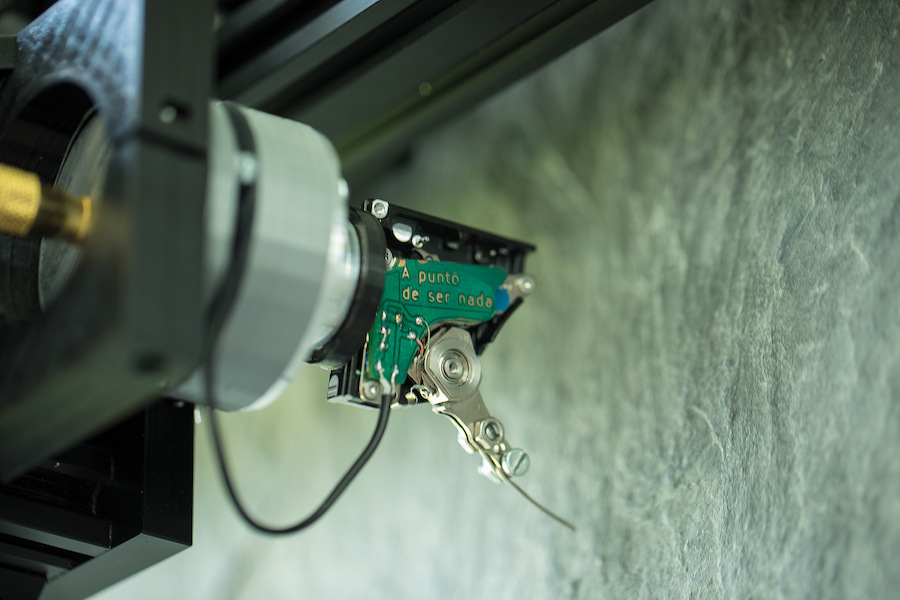
Juan López, “Devolver su ruido”, 2021, detail

Juan López, “No hay tal desastre”, 2021
The foundation’s library is located in the mezzanine. It displays a collection of bibliographic titles, opened on key pages, to tell the story of the passage from the 20th century to new imaginaries. Halfway between ecology and catastrophe, volumes dedicated to agriculture, animal ethics, sustainability, energy or biofuels share space with dystopian novels about terraforming or colonisation of other places. There is a promotional video on the advances in asteroid mining and another of Jorge Yeregui’s Montañas perfectas on the wall.
Fulfilling the third thematic axis of the foundation dedicated to music and sound, A punto de ser nada ends with a listening room adjacent to the library that allows the exhibition to open up to different soundscapes. And because listening is part of observing. Through 44 recordings from all over the world, grouped in four playlists: Anthroposphere, Lithosphere, Biosphere and Troposphere, one can hear what sounds above and below the ground; the reverberations of valleys, mountains and rivers; field recordings; work songs; traditional music, or contemporary proposals that look at landscapes in continuous transformation.
This exhibition about the land establishes a sincere dialogue between the works on display and the surroundings, creating sensitive and poetic connections between the land and its constant transformations, both natural and artificial.
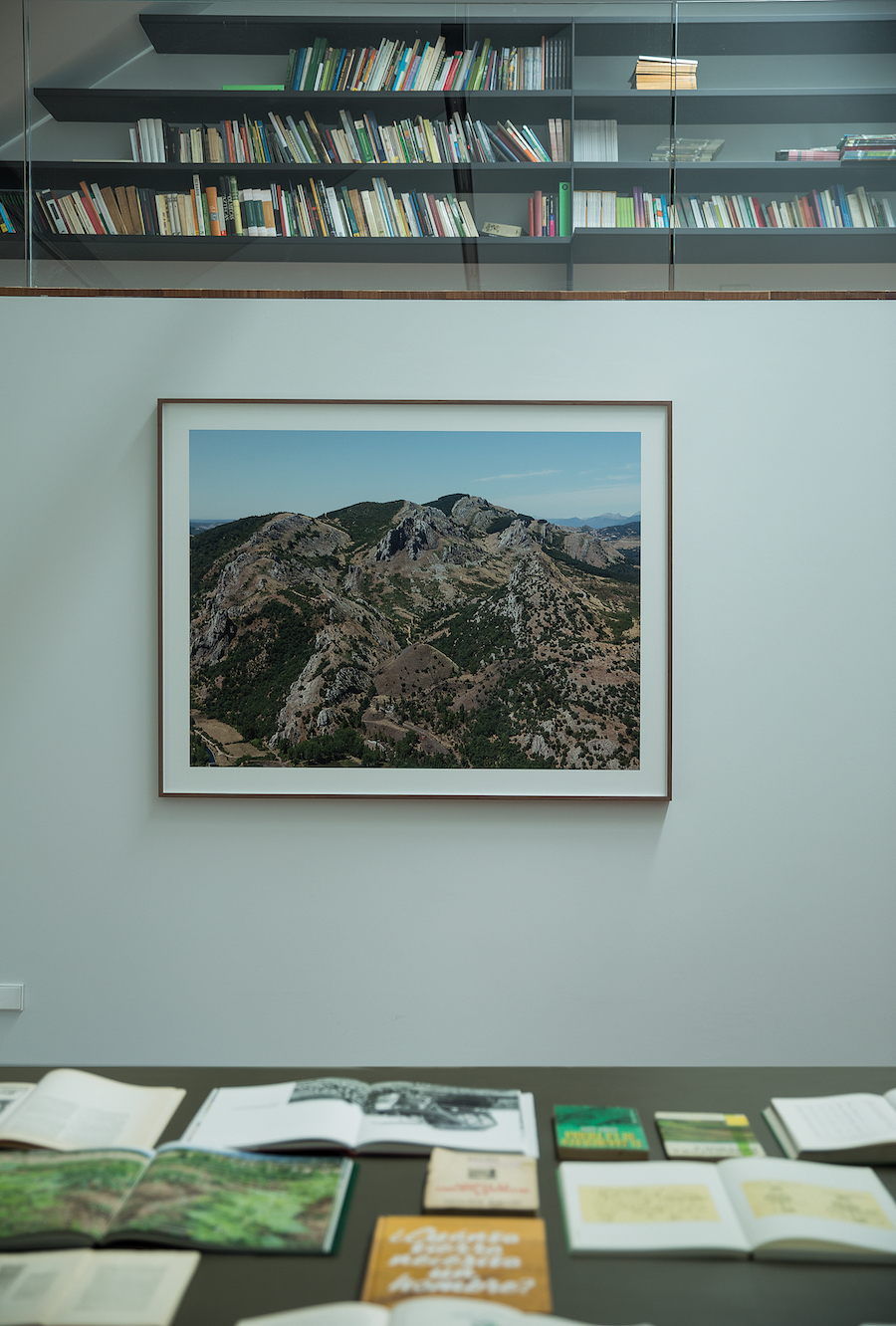
Installation in the mezzanine. Books and Jorge Yeregui, “Montañas perfectas I”, 2021
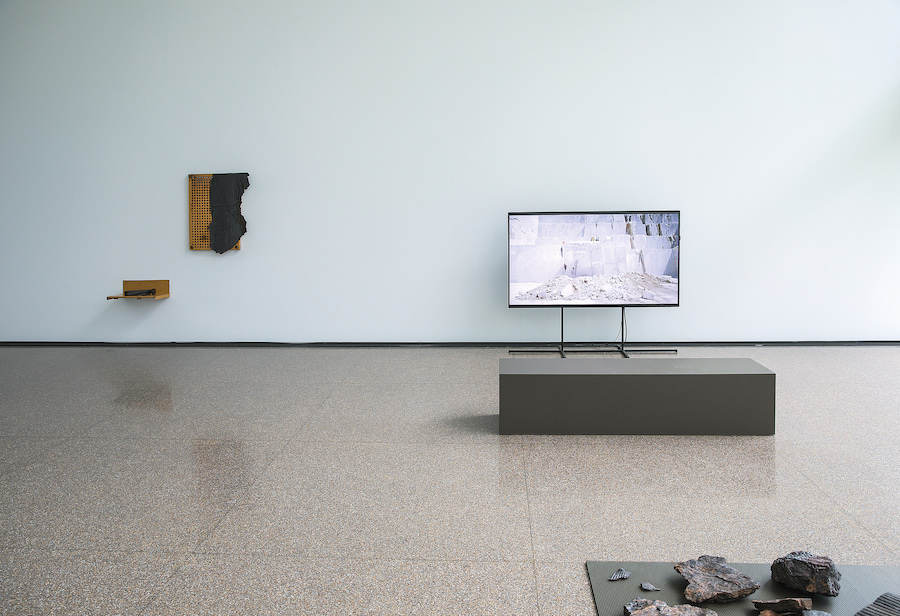
Left: Juan López, “La \\|| (x)|o”, 2021. Right: Nikolaus Geyrhalter, “Earth”, documentary, 2019
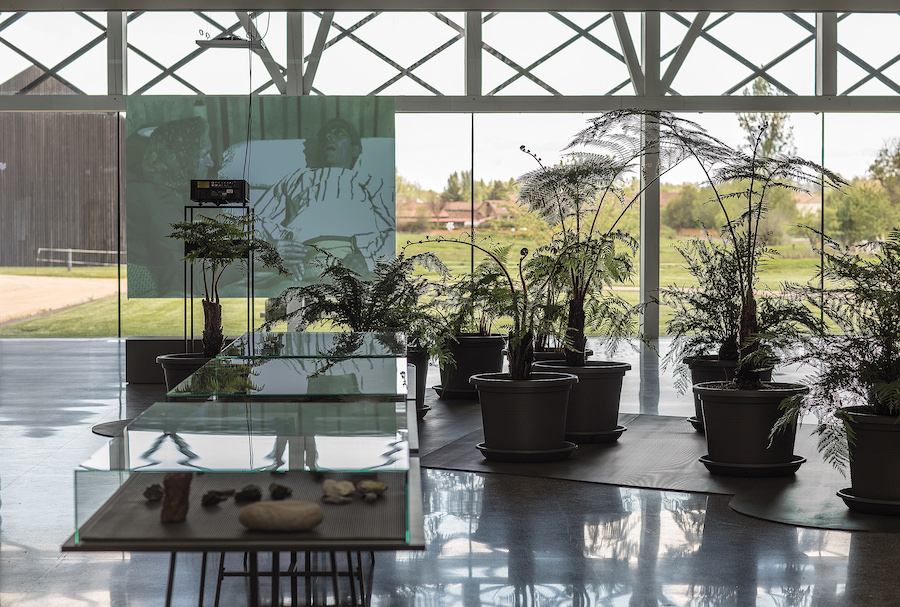
Left: Chema Sarmiento, “Los Montes”, documentary, 1981. Right: Antharctic Dicksonia and Cyathea from CIUDEN nurseries.
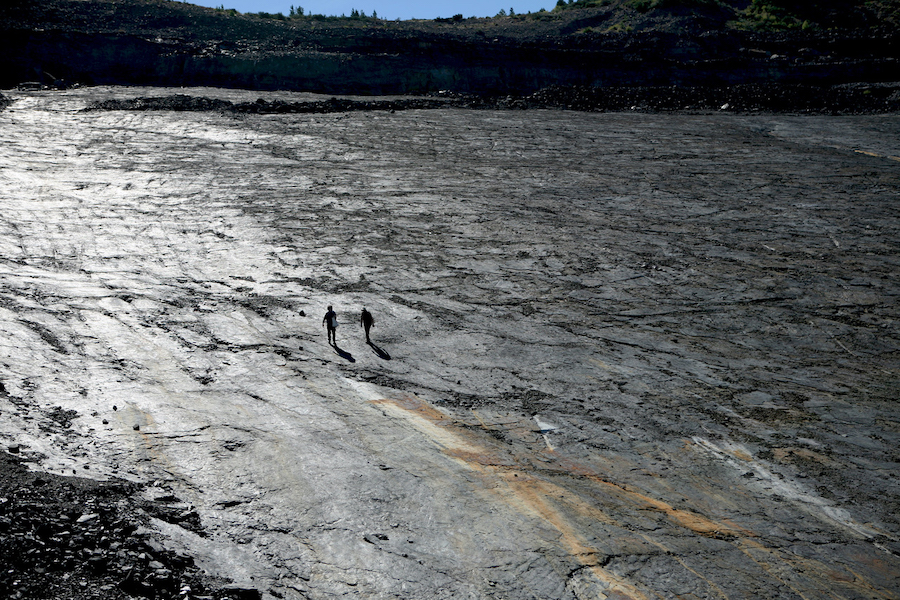
Fieldwork. Gran Corta de Fabero

Fieldwork. Nueva Julia at Carrasconte
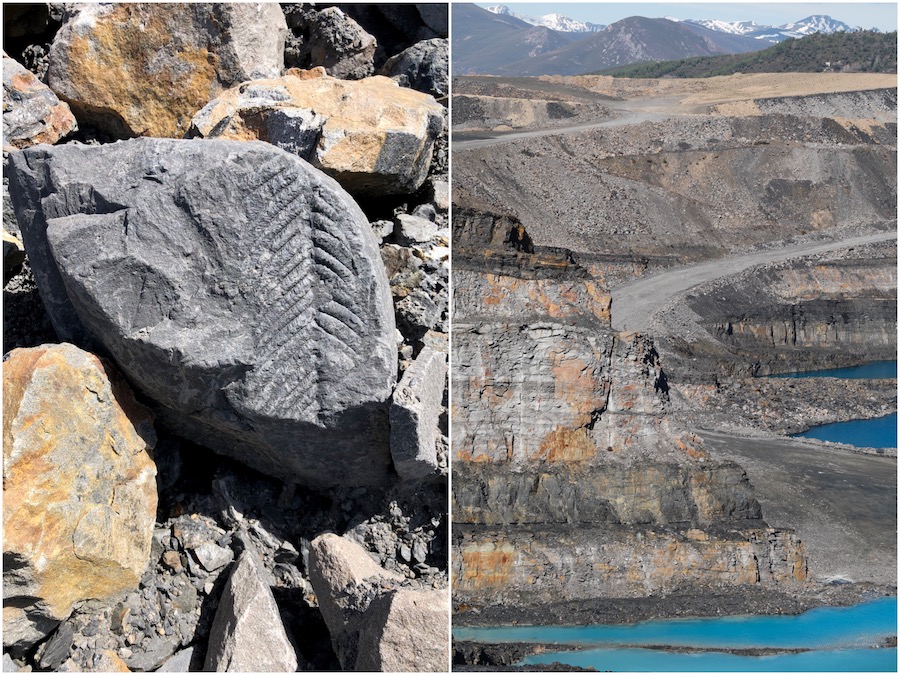
Fieldwork. Left: Dicksonia fossil blasting. Right: Gran Corta de Fabero
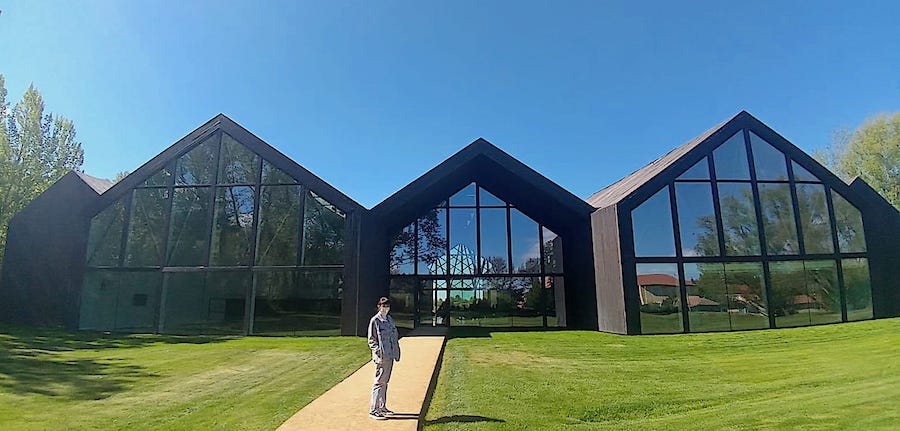
Front view of FCAYC extension by AZPML studio. Photo María Muñoz
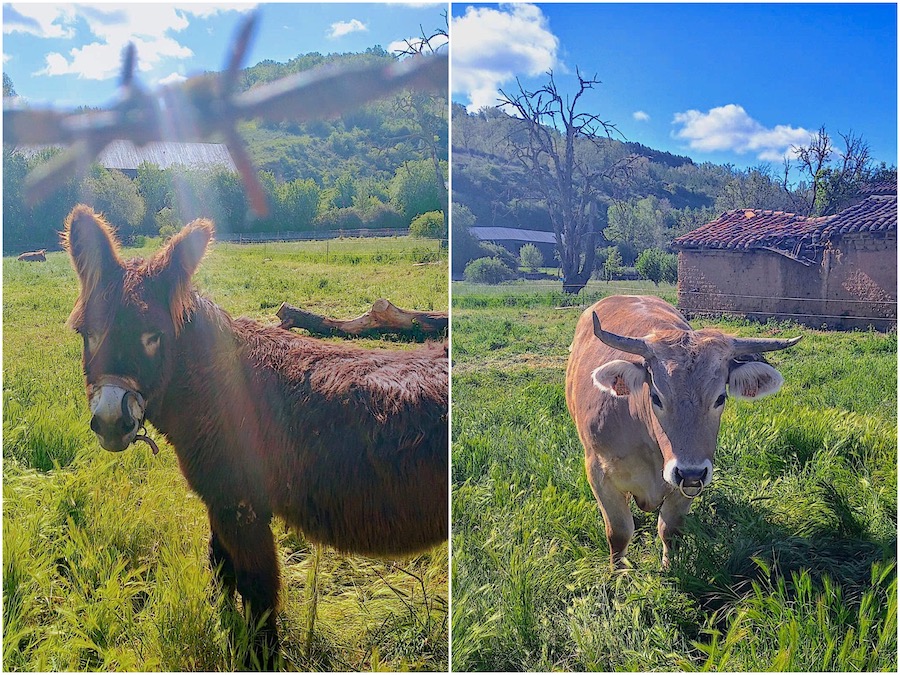
Quintin (left) and cow in the meadow of the FCAYC. Photo María Muñoz
Fotos courtesy of FCAYC
Exhibition until 21 Novembre. Mediation program during May and June
Fundación Cerezales Antonino y Cinia
c/ Antonino Fernández, 76
24150 – Cerezales del Condado, León

María Muñoz-Martínez is a cultural worker and educator trained in Art History and Telecommunications Engineering, this hybridity is part of her nature. She has taught “Art History of the first half of the 20th century” at ESDI and currently teaches the subject “Art in the global context” in the Master of Cultural Management IL3 at the University of Barcelona. In addition, while living between Berlin and Barcelona, she is a regular contributor to different media, writing about art and culture and emphasising the confluence between art, society/politics and technology. She is passionate about the moving image, electronically generated music and digital media.
Portrait: Sebastian Busse
"A desk is a dangerous place from which to watch the world" (John Le Carré)